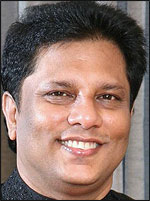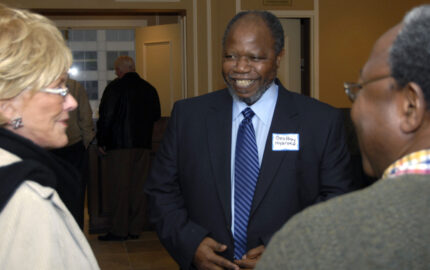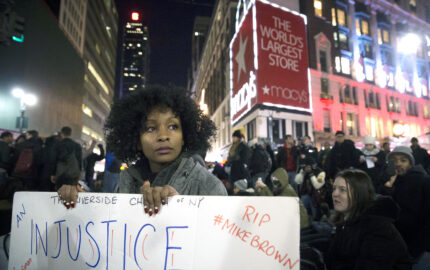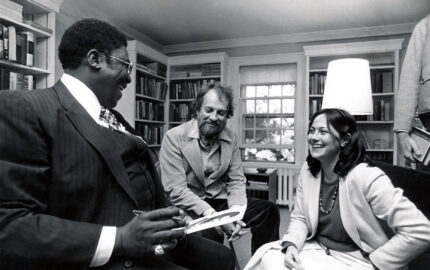The Nieman Class of 2010 presented two Louis Lyons awards in recognition of the many risks journalists working in conflict zones face on the job. In addition to honoring Afghan journalists, it recognized the late Sri Lankan editor Lasantha Wickrematunge “for daring to stand up, at the cost of his life, for freedom of the press and human rights.”
Wickrematunge was brutally murdered in January 2009 after years of working to uncover government corruption and expose the atrocities committed during his country’s protracted civil war. He founded the Sunday Leader in Colombo, Sri Lanka, in 1994 and had remained its editor in chief until his death.
RELATED ARTICLE
"Reaching Out With Appreciation to Brave Colleagues in Afghanistan"
- James ReynoldsThe announcement by the Nieman Fellows states that Wickrematunge “embodied the principles of a free press in Sri Lanka. His newspapers exposed government corruption and excess. His articles and editorials laid bare the brutality of the 30-year civil war between the Sri Lankan government and the separatist Tamil Tigers in the north of the island. Lasantha and his presses had been attacked so many times that he drafted an editorial predicting his own murder.”
That editorial was discovered and published three days after he died from injuries he sustained in a premeditated attack that occurred while he was driving to work. In the piece, he wrote: ‘There is a calling yet above high office, fame, lucre and security. It is the call to conscience.’ ”
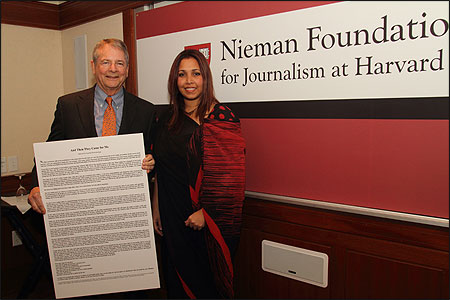
Bob Giles, NF ’66 and curator of the Nieman Foundation, with Sonali Samarasinghe Wickrematunge, NF ’10, who accepted the Louis Lyons award on behalf of her late husband, Lasantha Wickrematunge. Giles is holding a copy of Wickrematunge’s editorial “And Then They Came for Me.” In it he predicted that “When finally I am killed, it will be the government that kills me.” His murder remains unsolved. Photo by Tsar Fedorsky.
Wickrematunge was brutally murdered in January 2009 after years of working to uncover government corruption and expose the atrocities committed during his country’s protracted civil war. He founded the Sunday Leader in Colombo, Sri Lanka, in 1994 and had remained its editor in chief until his death.
RELATED ARTICLE
"Reaching Out With Appreciation to Brave Colleagues in Afghanistan"
- James ReynoldsThe announcement by the Nieman Fellows states that Wickrematunge “embodied the principles of a free press in Sri Lanka. His newspapers exposed government corruption and excess. His articles and editorials laid bare the brutality of the 30-year civil war between the Sri Lankan government and the separatist Tamil Tigers in the north of the island. Lasantha and his presses had been attacked so many times that he drafted an editorial predicting his own murder.”
That editorial was discovered and published three days after he died from injuries he sustained in a premeditated attack that occurred while he was driving to work. In the piece, he wrote: ‘There is a calling yet above high office, fame, lucre and security. It is the call to conscience.’ ”

Bob Giles, NF ’66 and curator of the Nieman Foundation, with Sonali Samarasinghe Wickrematunge, NF ’10, who accepted the Louis Lyons award on behalf of her late husband, Lasantha Wickrematunge. Giles is holding a copy of Wickrematunge’s editorial “And Then They Came for Me.” In it he predicted that “When finally I am killed, it will be the government that kills me.” His murder remains unsolved. Photo by Tsar Fedorsky.

